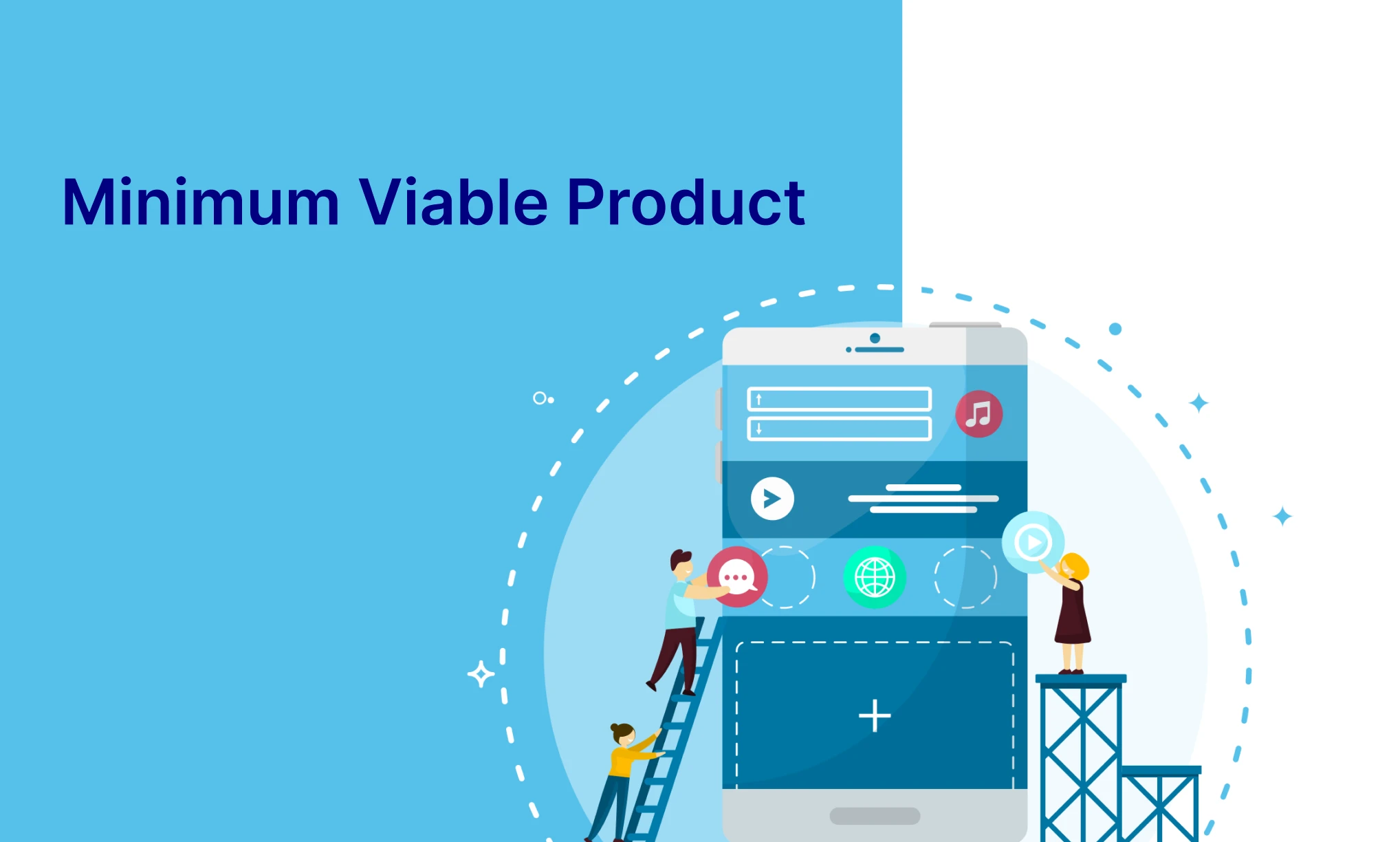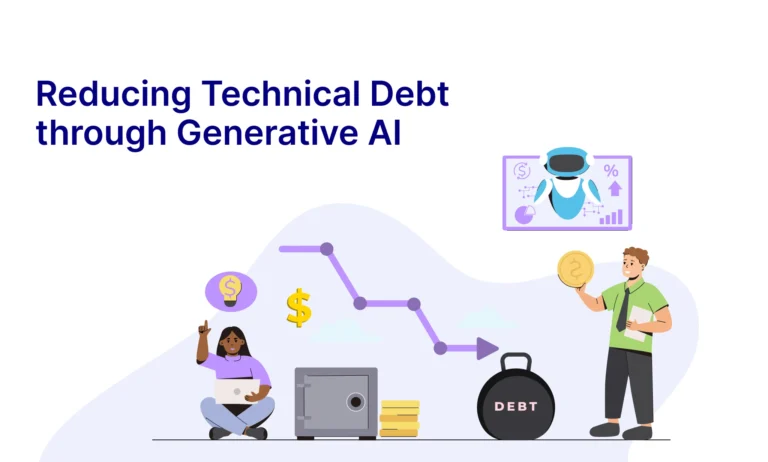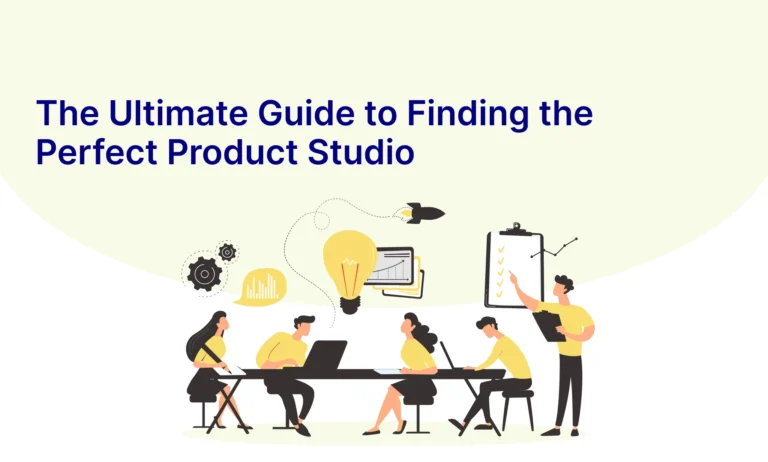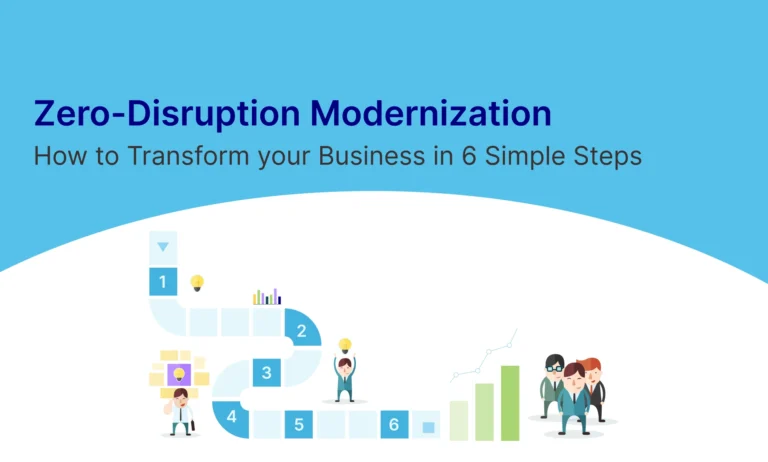Table of Contents
It is always better to see what people do with the product rather than asking them what they would do. This is how the concept of Minimum Viable Product is born. All it means is releasing a product with the smallest number of features and shipping as quickly as possible.
Saves Time and Money
Creation of an entire product with all the features will take time. This would also delay the Go-To-Marked Date. An MVP version can be launched to the market much faster without making a big financial commitment
Creating an MVP will take comparatively less time and it includes all the basic features so the product is still functioning. This would avoid a lot of budget overruns.
Investors Involvement
Investors would always be interested in products that require less money. There is no better way than using an MVP to demonstrate the product benefits and customer interest.
An MVP is a functioning product that investors can see in action. Since investors are overloaded with requests for funds, a minimum viable product improves their chances of investing in your product. An MVP should be accompanied by a business plan and marketing strategy to maximize investment interest.
Faster Time To Market
The less time a product needs for development, the faster it gets to market and starts winning customers. One of the most significant benefits of minimum viable products is attracting more money for further development. Therefore, a quick start means faster earnings. You don’t need to work on the product for years before your efforts start to pay off.
If you are developing a topical product that is interesting, delays with the release can cause significant losses. For instance, a pandemic caused a massive demand for online delivery and healthcare services, and it was critical to enter the market as soon as possible. An MVP is an excellent way for a quick start.
Focused Functionalities
An MVP consists of basic features that can provide value to the user. This approach enables developers to hyper-focus on only these minimal, key features, which leads to higher-quality results and a better user experience.
Hypothesis Validation
Product managers generally come in with assumptions about the target segment and the market need based on data they’ve gathered. After an MVP is launched, these hypotheses about the target segment and market need can be validated. Product managers can get invaluable insight from customer feedback and usage metrics to help them determine the next steps for the product strategy
Risk Reduction
Since the effort involved is minimal and focused only on core features, the risk involved in launching an MVP is fairly low. If you launch a full-fledged product with a large suite of features after spending a considerable sum of money and resources, it will be an abject failure if you determine later on that the market need does not exist. By focusing on core features, product development teams can fail and learn from that failure more quickly, thereby reducing the risk.
Cons of MVP
Prioritizing The Features
Sometimes defining the “minimum” is not always that easy, it can be tricky to decide the minimum functionality and core features valuable enough to earn a spot in the initial product that aims to solve customer problems. Launching too small a scope may not properly represent the value of the product and adequately solve the customer’s problem. On the other hand, if you include too many features, the development will take too long and you may be spending resources on unnecessary perks. It is therefore important that you clearly define the product mission, the customer problem you are going to solve, and which features are deemed necessary
Confusion Over Core Features
Defining a single core feature can be tricky when developing a software product. It’ll seem very convenient to add a bit more that will complement the app’s core feature and limited functionality.
Sometimes, the bare minimum of the product does not represent the exact idea or vision you are trying to deliver to your audience. To avoid such a situation, define the mission parameters of your app before you even go into development.
Summary
With an MVP, you connect to your audience by spending as little development time and resources as possible. When building your MVP, always start with thorough market and audience research, and develop your hypothesis accordingly.
You might create hundreds of product demos before seeing a hint of success, but once you’ve built an MVP that is constantly receiving praise and feedback will be worth the work and wait!








